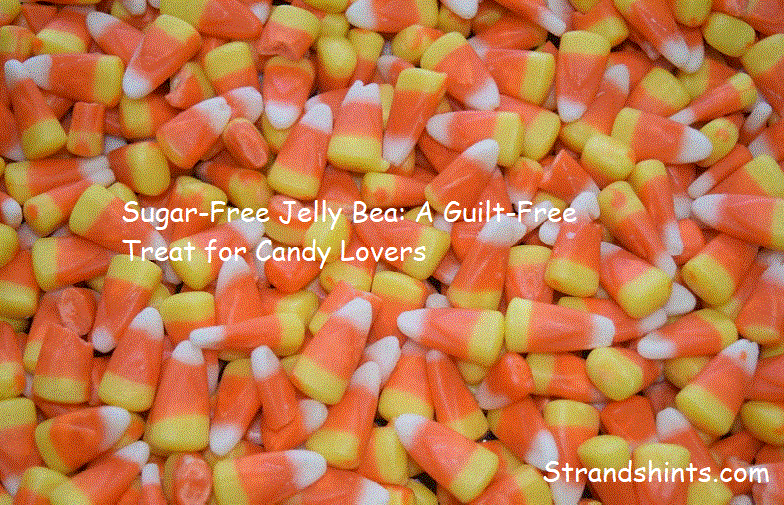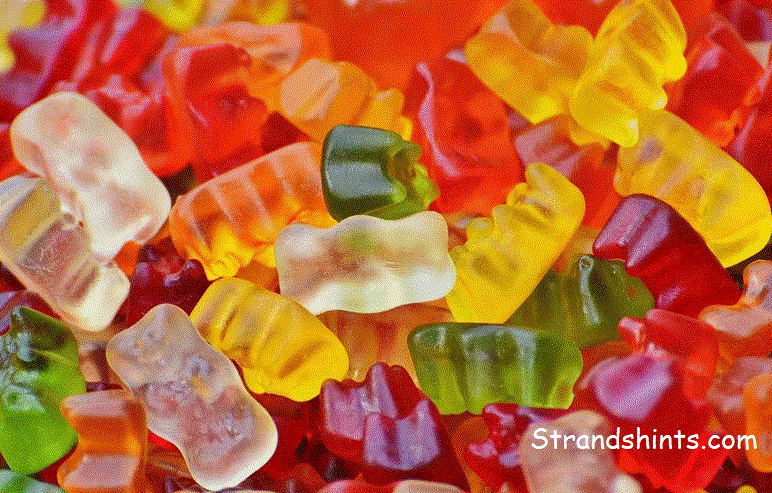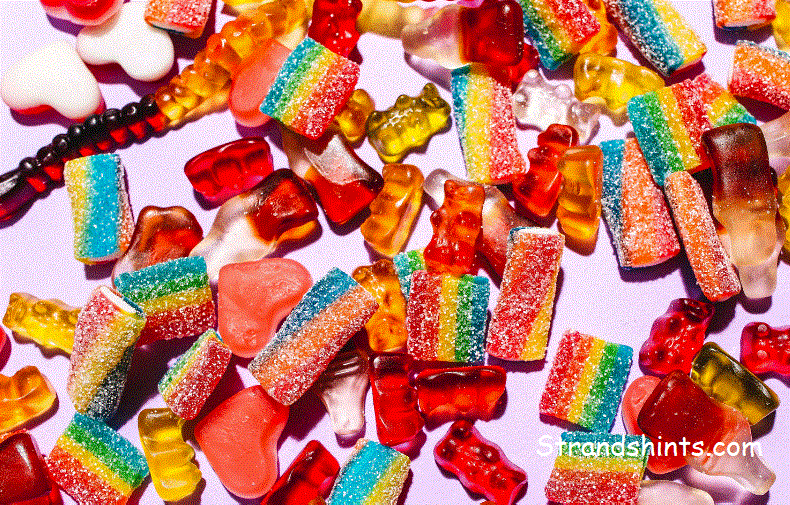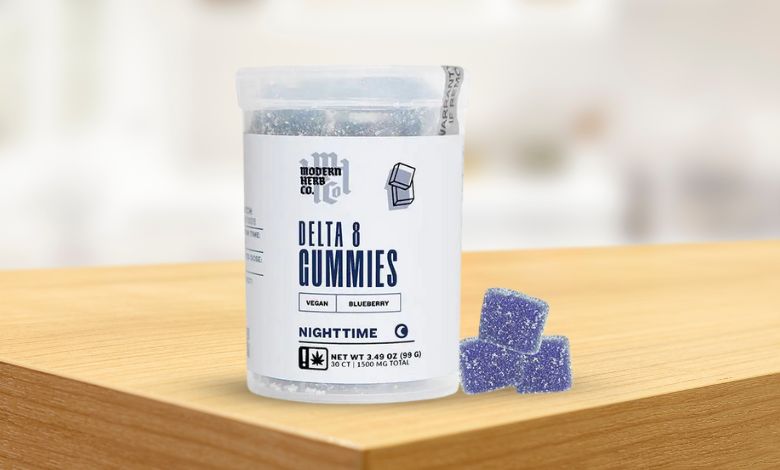Introduction
When cravings for a sweet treat strike, finding a balance between indulgence and maintaining health can be challenging. Enter sugar-free jelly bea, a delightful solution that brings the best of both worlds – sweetness without the guilt. In this blog, we’ll explore why sugar-free jelly bea is becoming a popular choice for candy lovers and how it can be enjoyed as part of a balanced lifestyle. From its benefits and taste profile to potential health impacts and usage ideas, we cover everything you need to know.
1. What Is Sugar-Free Jelly Bea?
Sugar-free jelly bea is a variation of the classic jelly bean, crafted to provide the same delightful chewiness and flavor without added sugars. These candies use alternative sweeteners to create a treat that satisfies the sweet tooth without the negative impact of refined sugar.
Key Points:
- The composition includes natural sweeteners like stevia, erythritol, or xylitol.
- Available in various flavors, from fruity bursts to exotic mixes.
- Suitable for diabetics and those looking to reduce sugar intake.
2. Benefits of Choosing Sugar-Free Jelly Bea
Choosing sugar-free jelly bea comes with several advantages, both for general health and specific dietary needs.
Health Benefits:
- Lower Blood Sugar Impact: Without traditional sugar, sugar-free jelly bea has a much lower impact on blood glucose levels, making it ideal for diabetics.
- Fewer Calories: Using low-calorie sweeteners means fewer calories, which supports weight management.
- Dental Health: Sugar-free treats don’t contribute to tooth decay like traditional sweets do, promoting better oral hygiene.
Lifestyle Benefits:
- Guilt-free snacking for those watching their calorie intake.
- Variety of options means everyone can find their favorite flavor.
3. Understanding the Sweeteners Used in Sugar-Free Jelly Bea
The magic behind sugar-free jelly bea lies in the sweeteners that replace traditional sugar. Let’s delve into the most common ones used:
- Stevia: A natural, plant-based sweetener that provides sweetness without the calories.
- Erythritol: A sugar alcohol that tastes very similar to sugar but doesn’t spike blood sugar levels.
- Xylitol: Another popular sugar alcohol that adds sweetness while being gentler on blood sugar.
Why These Sweeteners? These alternatives are chosen for their ability to mimic the sweetness of sugar without the associated health risks. Additionally, many of these sweeteners come with added health benefits, such as antioxidant properties (in the case of stevia).
4. Taste and Texture: Does Sugar-Free Mean Less Enjoyable?
A common question is whether sugar-free jelly bea can truly satisfy the palate of a candy lover. The answer is yes, thanks to innovations in food science.
Taste Profile:
- Natural sweeteners often provide a balanced sweetness that can be adjusted to match traditional jelly beans.
- Flavor infusions ensure that whether you’re biting into a classic cherry or an exotic mango, the taste is vibrant and satisfying.
Texture and Mouthfeel:
- Sugar-free jelly bea maintains the chewy texture that makes jelly beans enjoyable.
- Modern formulations ensure that the sugar-free versions have the same snap and chew without any gritty aftertaste.
5. Who Should Consider Sugar-Free Jelly Bea?
While anyone can enjoy sugar-free jelly bea, they are particularly beneficial for certain groups:
- Diabetics: With no added sugars, they are a safer option for those managing blood sugar levels.
- Weight Watchers: For those counting calories, sugar-free jelly bea offer a way to indulge without overstepping dietary limits.
- Health-Conscious Individuals: People who prioritize their health but don’t want to give up on their favorite sweets.
6. Potential Downsides to Be Aware Of
While sugar-free jelly bea has many positives, there are a few things to consider:
- Digestive Sensitivity: Some sugar alcohols, like xylitol and erythritol, can cause digestive discomfort when consumed in large quantities.
- Allergy Concerns: Always check ingredient labels, as some sweeteners may not suit everyone.
- Taste Adjustment: People used to very sweet candies might take time to adapt to the lighter sweetness of sugar-free jelly bea.
7. Creative Ways to Enjoy Sugar-Free Jelly Bea
Aside from eating them straight out of the bag, sugar-free jelly bea can be incorporated into different treats:
- Topping for Yogurt: Sprinkle them over plain or flavored yogurt for a colorful, low-sugar snack.
- Trail Mix: Mix them with nuts, seeds, and dried fruit for a balanced blend of protein, fiber, and sweetness.
- Dessert Garnish: Use them as a decoration for cakes or cupcakes.
- Party Favors: Create a unique party snack with custom flavor blends in small bags.
8. Where to Find the Best Sugar-Free Jelly Bea
When searching for quality sugar-free jelly bea, knowing where to look is key:
- Specialty Health Stores: These often carry a wide variety of flavors and brands.
- Online Retailers: E-commerce platforms have options with detailed reviews to help you choose the best ones.
- Local Supermarkets: Many now stock health-conscious snacks, including sugar-free jelly bea.
9. Sugar-Free Jelly Bea and Special Diets
If you follow a specific diet, you might wonder if sugar-free jelly bea are compatible:
- Keto Diet: Many sugar-free jelly bea are keto-friendly due to their low net carb content.
- Vegan Diet: Check the label to ensure no animal-derived ingredients.
- Gluten-Free Diet: Most sugar-free jelly bea are naturally gluten-free, but double-check to avoid cross-contamination.
10. Customer Reviews and Feedback
Real-life experiences are a testament to the popularity and effectiveness of sugar-free jelly bea. Many users highlight the following:
- Satisfaction: Reports of satisfied sweet cravings without the blood sugar spike.
- Convenience: A great on-the-go snack for work or travel.
- Variety: Positive comments on the availability of flavors catering to diverse tastes.
11. Making Your Own Sugar-Free Jelly Bea at Home
For those who love DIY projects, making sugar-free jelly bea at home is an option:
Ingredients You’ll Need:
- Sugar-free flavored gelatin
- Natural sweeteners (like stevia or erythritol)
- Pectin for binding
Basic Steps:
- Mix gelatin and sweetener with water in a pot.
- Heat and stir until the mixture is smooth.
- Pour into jelly bean molds and let set in the refrigerator.
Conclusion
Sugar-free jelly bea offers candy lovers the opportunity to enjoy a sweet treat without the health concerns associated with traditional sugary snacks. Their combination of flavor, texture, and health benefits makes them a popular choice among those looking to reduce sugar intake without sacrificing taste. Next time you’re craving a little sweetness, reach for a sugar-free jelly bea and indulge guilt-free.
Call to Action:
If you’re ready to enjoy a sweet snack that’s kinder to your health, why not give sugar-free jelly bea a try? Explore different flavors, discover your favorites, and savor each bite without the guilt. Visit your local health store or shop online today for the best selection of sugar-free jelly bea. Treat yourself to a snack that fits your lifestyle!
Final Thoughts:
Sugar-free jelly bea provide the perfect solution for those who crave sweets but want to make healthier choices. With their delightful taste, lower calorie content, and various health benefits, they’re a great alternative to traditional sugary candies. Whether you’re managing your sugar intake or simply looking for a new treat, sugar-free jelly bea can be a guilt-free addition to your snack collection.
FAQs about Sugar-Free Jelly Bea:
1. Are sugar-free jelly bea safe for diabetics?
Yes, most sugar-free jelly bea are made with sweeteners that don’t spike blood sugar levels, making them a safer option for diabetics. However, it’s always recommended to check the label and consult with a doctor if needed.
2. What sweeteners are used in sugar-free jelly bea?
Common sweeteners include stevia, erythritol, and xylitol. These provide a sweet taste similar to sugar without the high calorie and glycemic impact.
3. Do sugar-free jelly bea taste different from regular jelly beans?
While they mimic the flavor of traditional jelly beans closely, some may notice a subtle difference due to the use of alternative sweeteners. However, the overall taste and texture are designed to be satisfying.
4. Can sugar-free jelly bea cause any side effects?
Consuming large quantities may lead to digestive discomfort due to the sugar alcohols used, such as xylitol or erythritol. Moderation is key to avoiding this issue.
5. Where can I buy sugar-free jelly bea?
You can find sugar-free jelly bea in specialty health stores, larger supermarkets, and online retailers that offer a variety of options and reviews to help you choose the best one.







